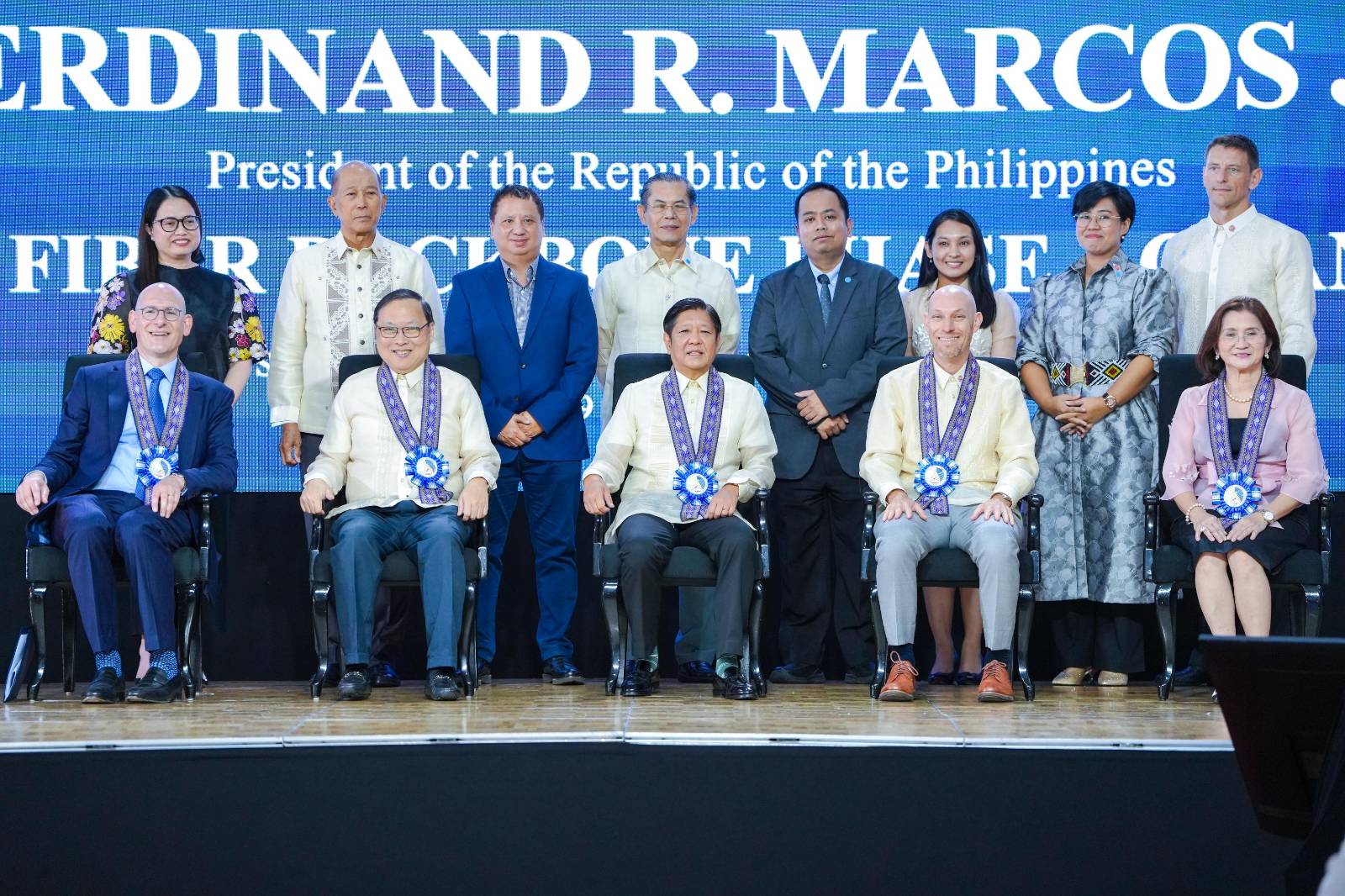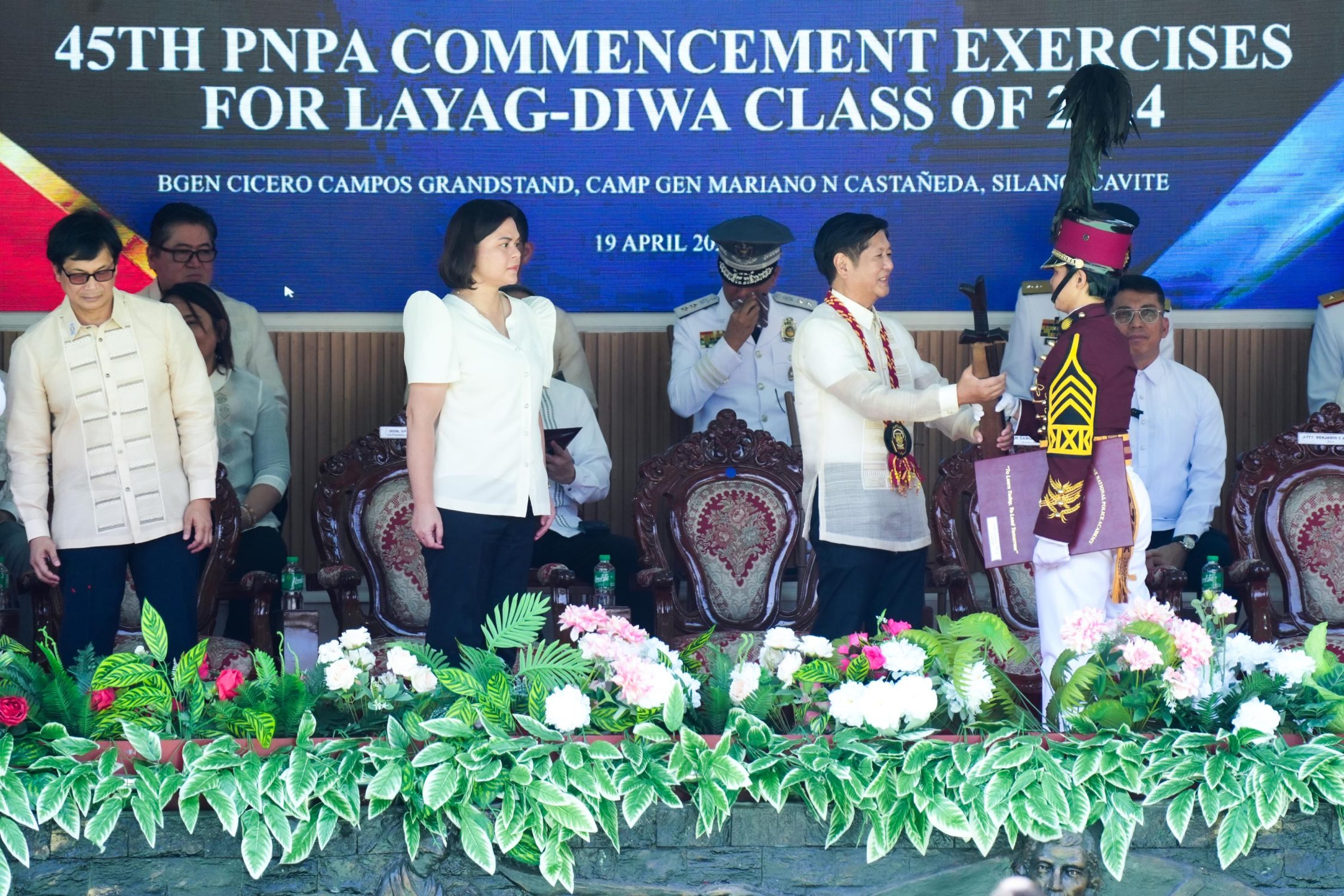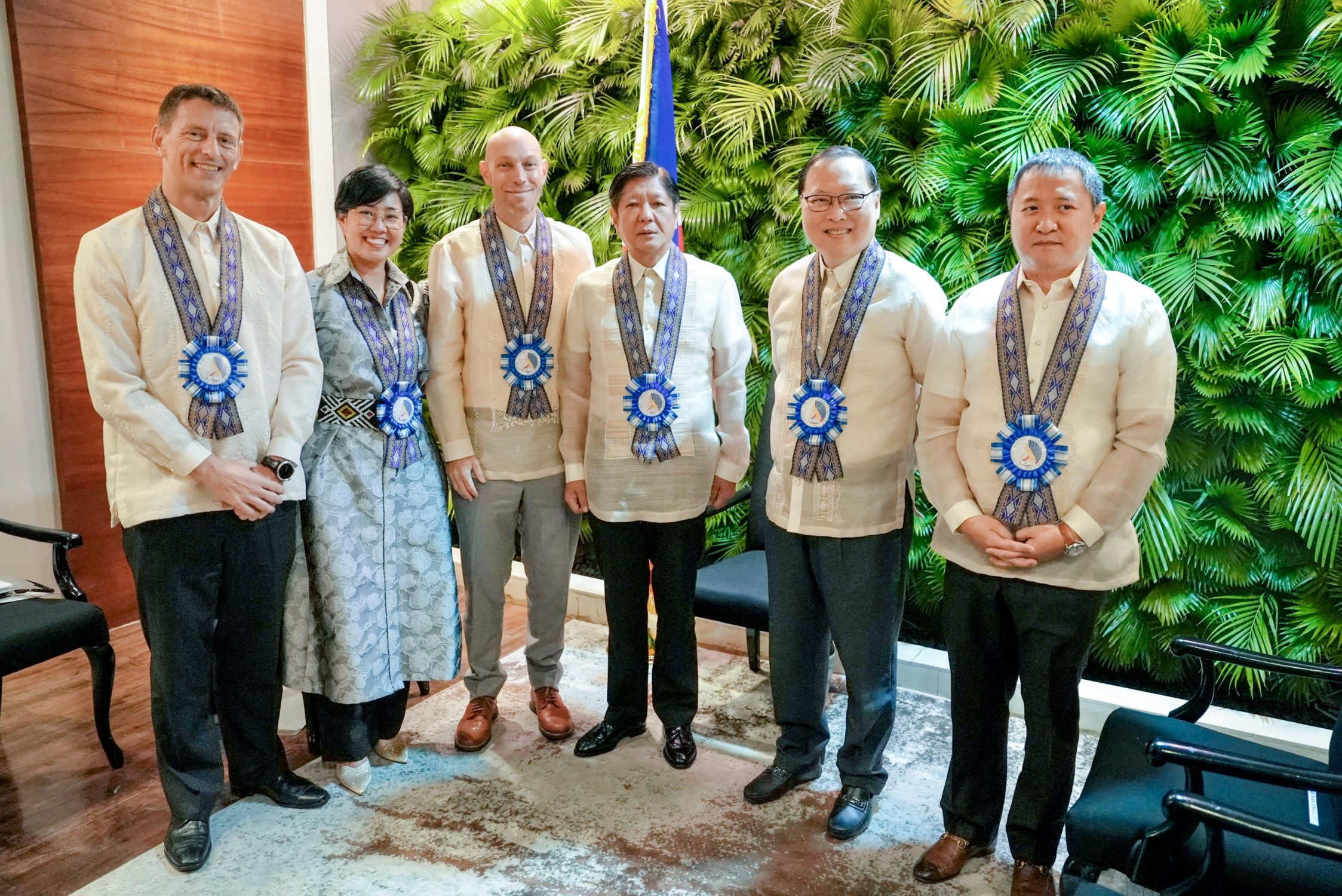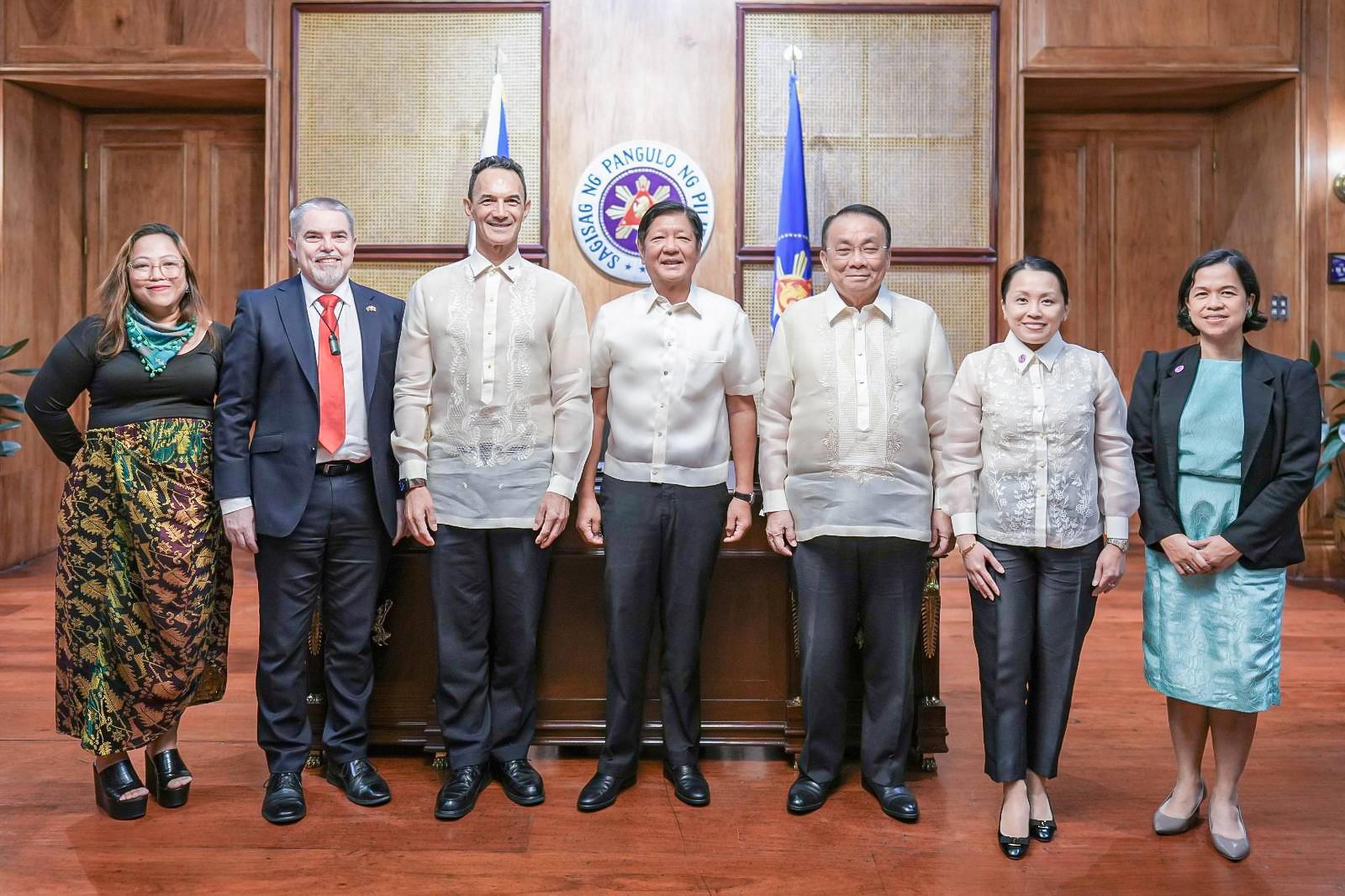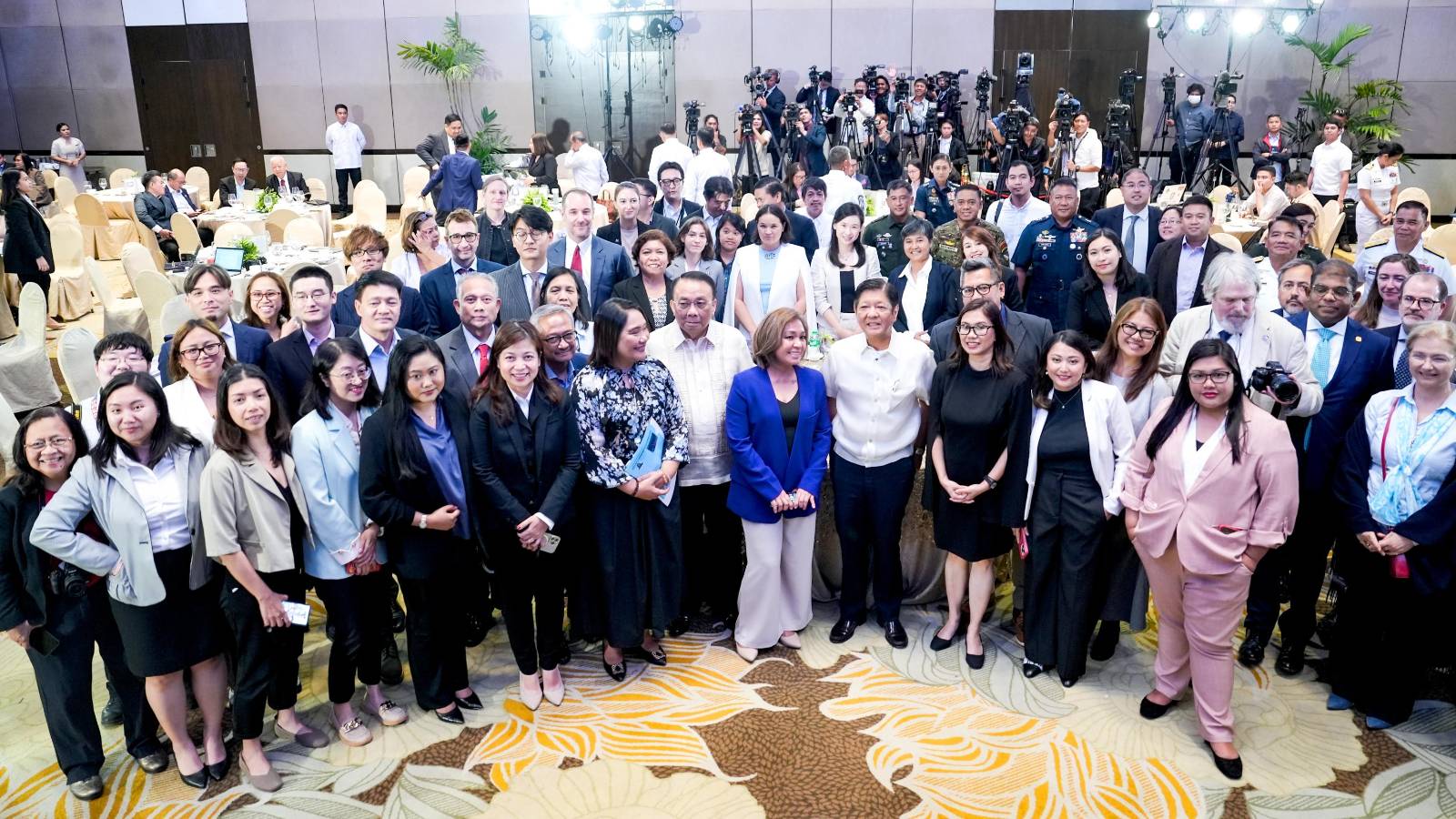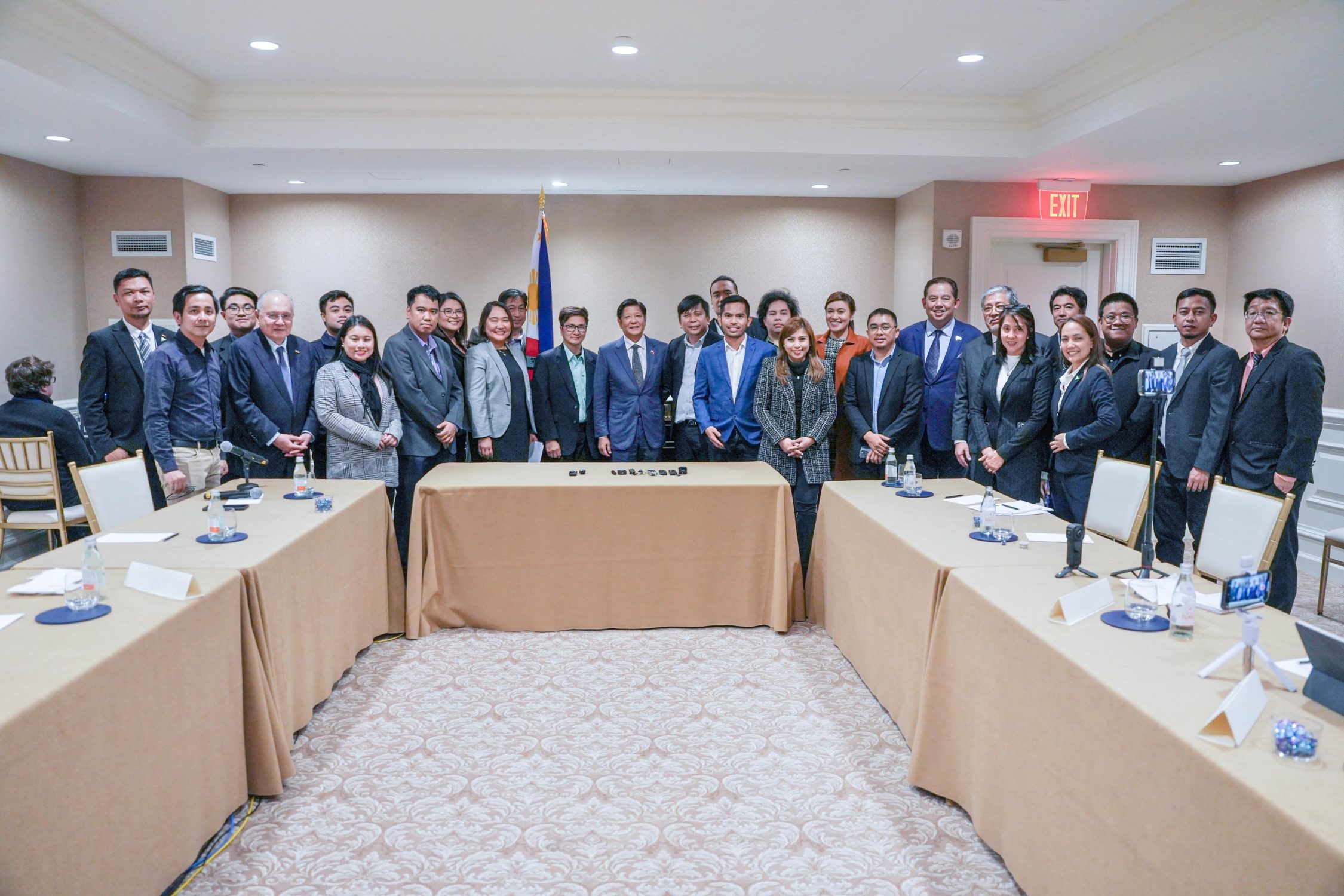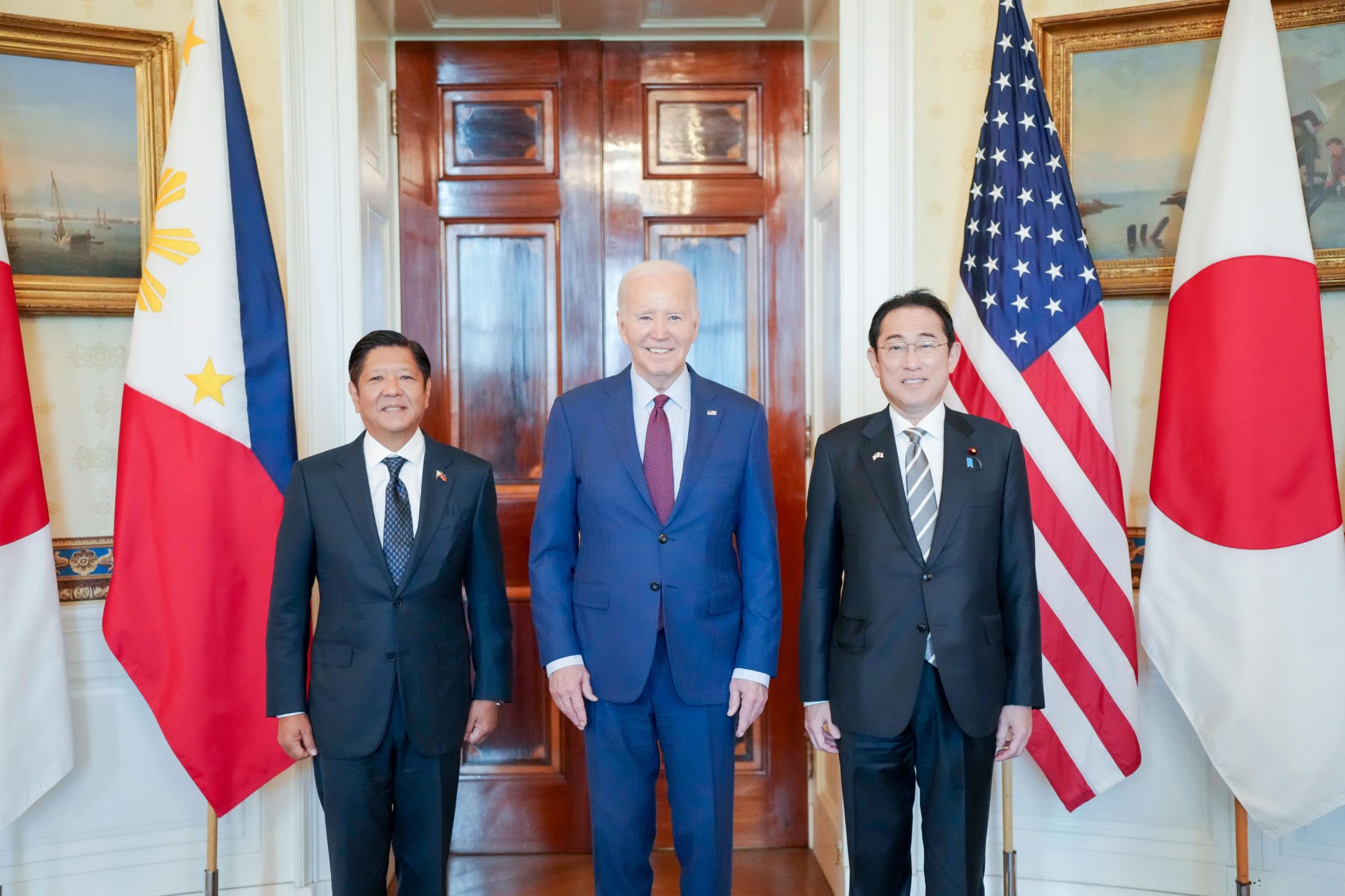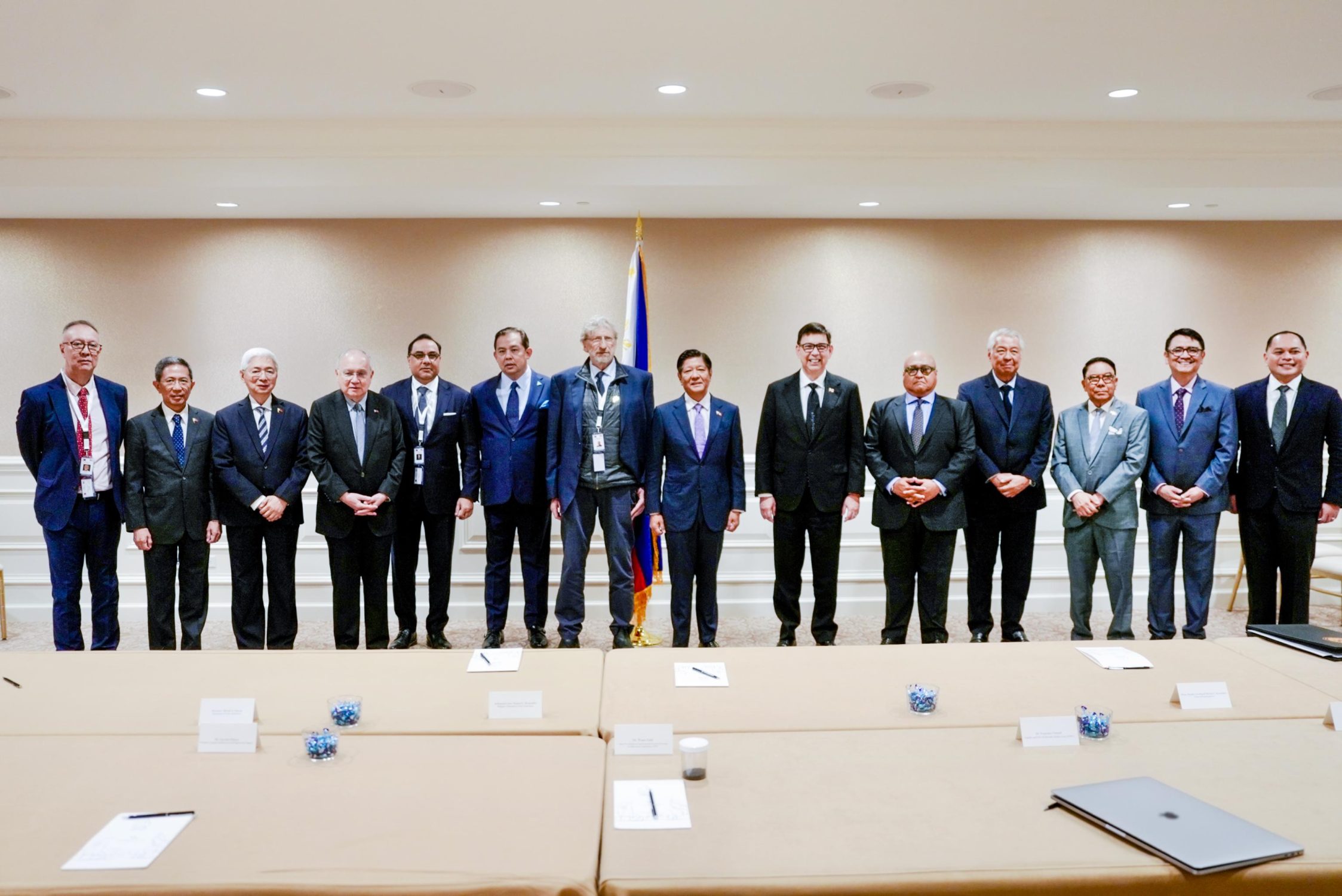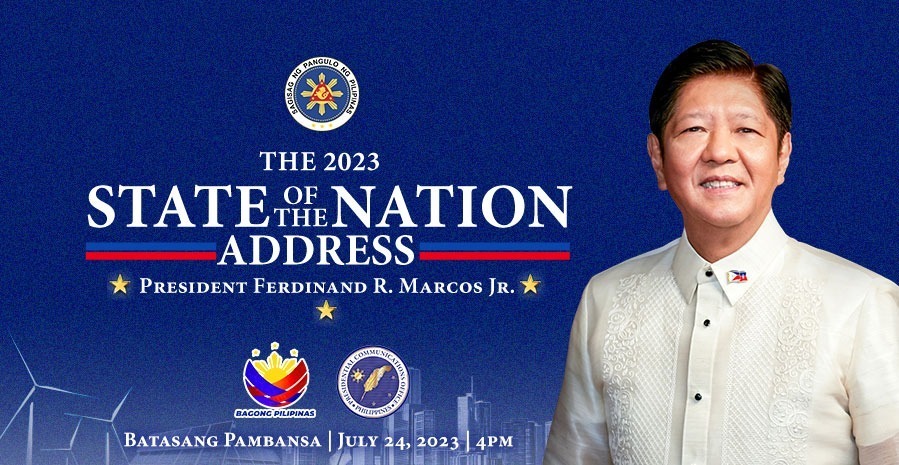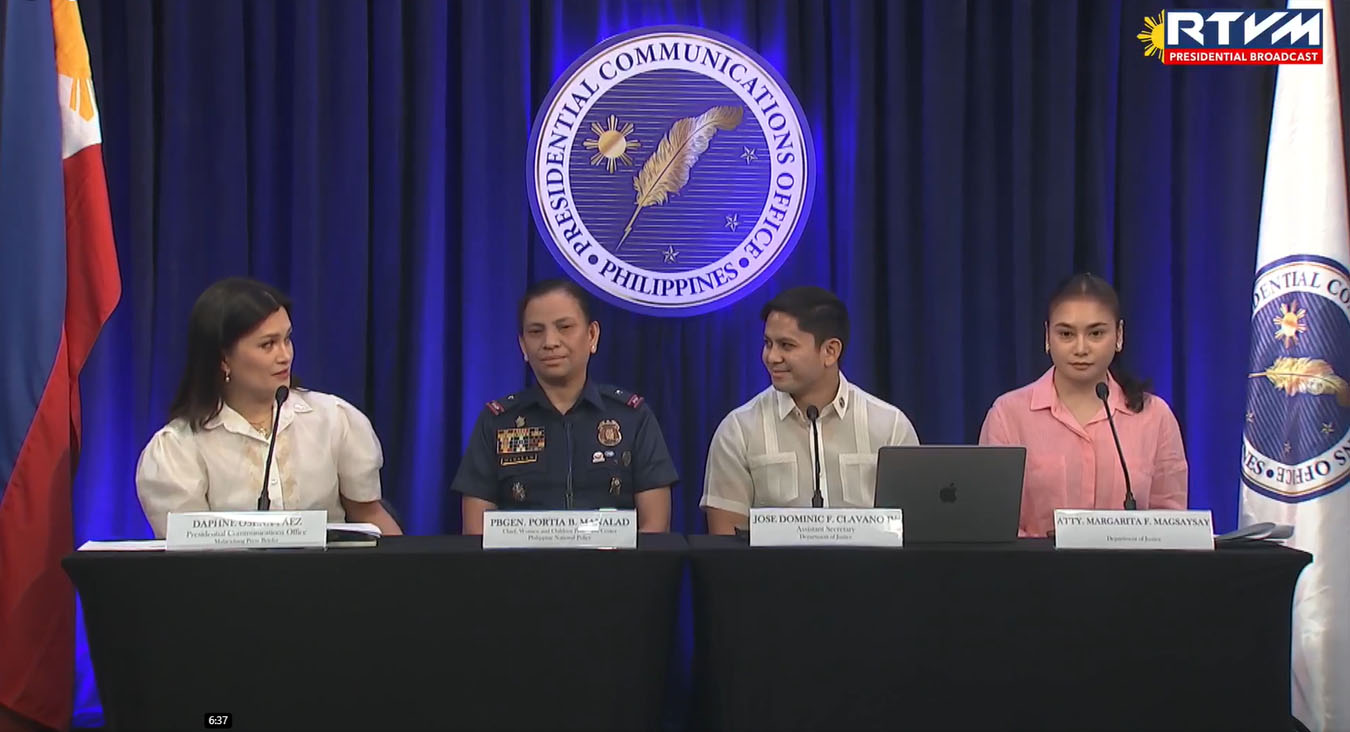The Duterte administration plans to start implementing major infrastructure projects before the end of the year to address the country’s infrastructure deficit and to prop up the economy.
In a press briefing in Malacañan on Thursday, November 3, NEDA Secretary General Ernesto Pernia said that the NEDA Board, chaired by the President, approved last September nine infrastructure projects which are being carried out by different implementing agencies.
Pernia said these nine projects have already gone through the “eye of a needle”, describing the approvals as a major accomplishment of the Duterte administration.
All of the infrastructure projects will require ramping up government spending on infrastructure from two to three percent last year to 5.4 percent, Pernia said.
“Moving forward, we’ll keep it at least at 5 percent of GDP and it will likely go up higher to 7 percent till the end of the Duterte administration,” Pernia said.
The NEDA chief also expressed optimism that seven more projects will be approved by the NEDA Board, which include agriculture projects in Cordillera and in Mindanao.
Other projects include the P200-billion South Line Railway Project from Manila to Bicol, the road widening from Tutuban to Valenzuela, and the road improvement project that connects Valenzuela with Quezon City.
Pernia said these major infrastructure projects will be funded through various means, like official development assistance (ODA), public-private partnership (PPP) and the national budget.
But in order for the government to immediately implement these projects, the administration is asking Congress to grant President Duterte emergency powers, BCDA President and CEO Vivencio Dizon said during the same press briefing.
The government needs just a two-year use of emergency powers to address economic, traffic congestion and other problems, Dizon said.
In the same briefing, Public Works and Highways Secretary Mark Villar said President Duterte wants to have a “Golden Age of Infrastructure” during his administration.
Villar then rolled out several projects in their pipeline that will address traffic congestion in major areas in the country and at the same time, boost economic activity.
Villar said that 25 percent of the DPWH’s budget this year is allocated to a nationwide decongestion program.
“This is unprecedented in the history of our country and I think that we’ll be able to—in the next year we’ll be able to feel the effects of these infrastructure spending,” he said.
Villar said among these projects are the Santa Monica-Lawton-BGC Bridge project and the bridge project that starts from The Fort to Ortigas, which will reduce traffic congestion in EDSA and C5 by 35 percent.
Another project that will start next year is the UP-Miriam- Ateneo Viaduct, which is expected to reduce traffic congestion in the area by 80 percent, he said.
Villar also announced the implementation of the country’s most ambitious bridge program: the $1-billion bridge projects that will connect Iloilo, Negros, and Cebu.
The DPWH is already conducting pre-feasibility studies to build the bridges. The length of these bridges will approximately range from 2 to 10 kilometers and the DPWH is targeting to finish the project before the end of the Duterte administration, he explained.
Another project in the pipeline is the Davao City bypass project that will shorten travel time from Davao City, Digos, Davao del Sur to Davao del Norte, from a two hour ride to just 45 minutes, Villar said.
For Metro Manila, one of PPP projects that will commence as early as next year is the NLEX-SLEX Connector Road, which will shorten travel time from Alabang to Balintawak. The DPWH wants to complete the project by 2020.
Also during the same press briefing, Transportation and Communications Secretary Arthur Tugade said his department is closely coordinating with the DPWH to address transportation and infrastructure concerns.
He said one of the priorities is the Manila-Clark Railway which will cover approximately 85 kilometers is expected to decongest Metro Manila and shorten travel time from Manila to Clark.
The Clark International Airport will also be improved, particularly the airport’s terminal, airport operation, as well as structures and equipment, Tugade said.
A 60-kilometer railway connecting Clark and Subic will also be built to improve logistics, the transport chief said. PND





